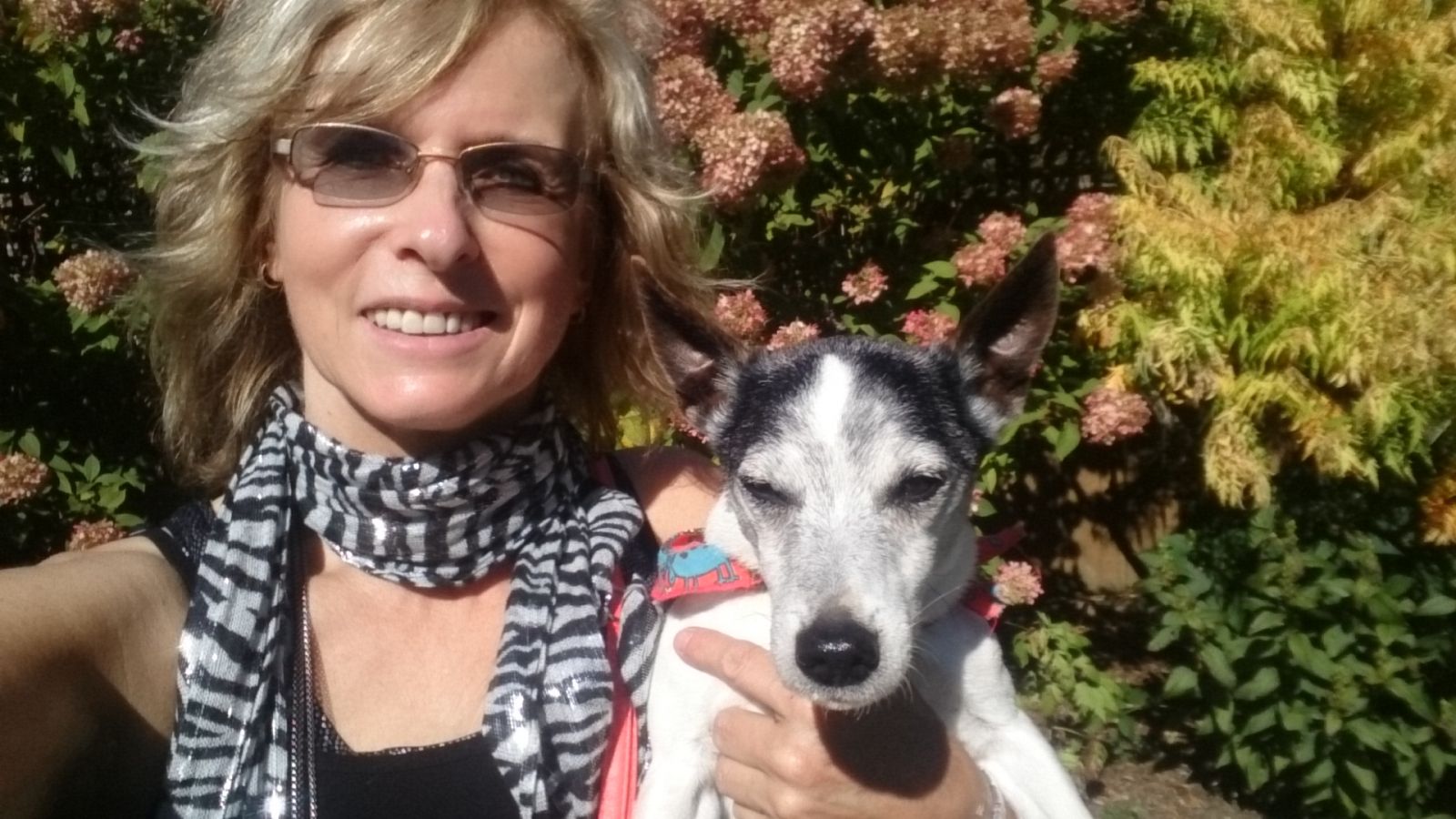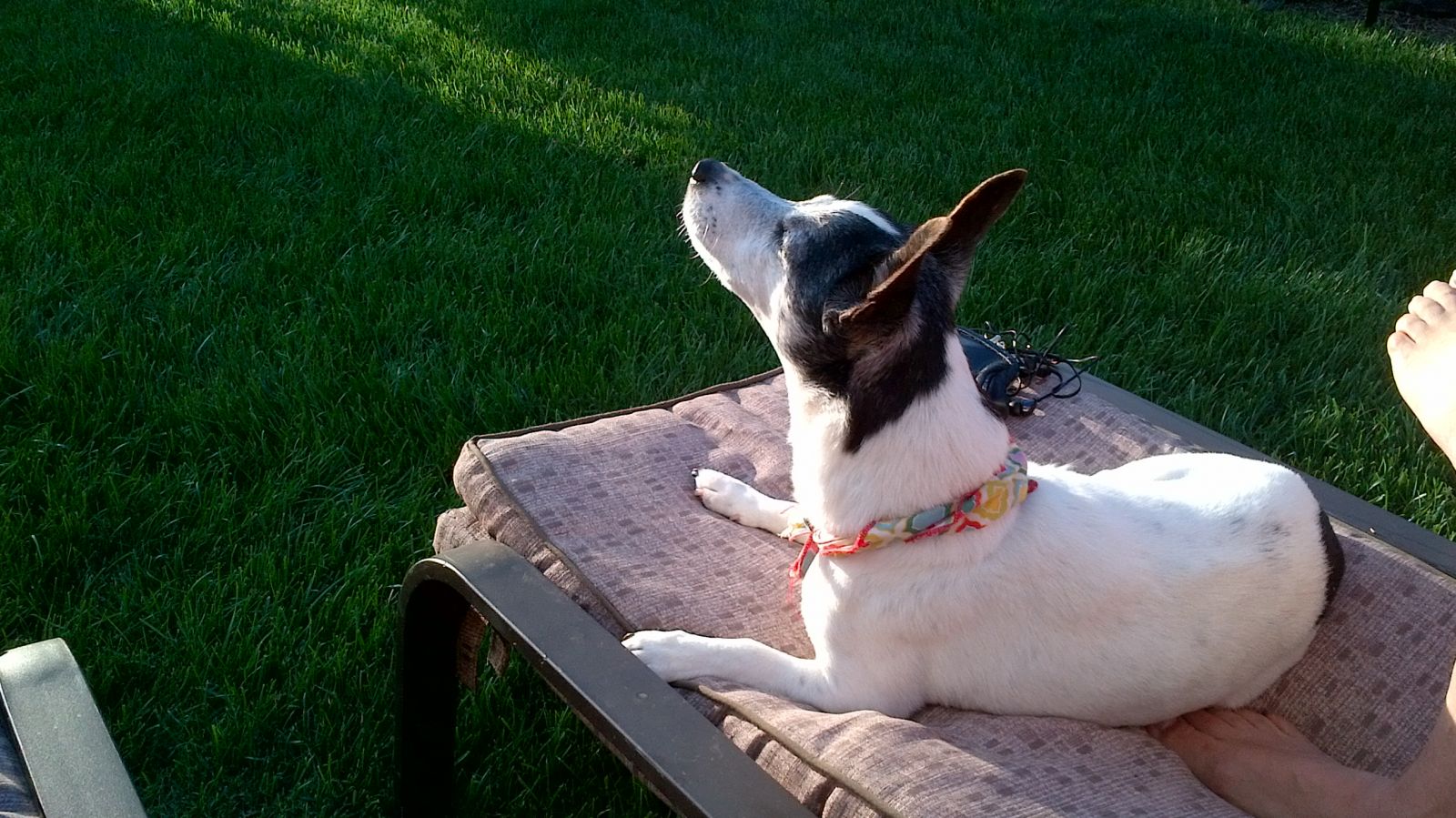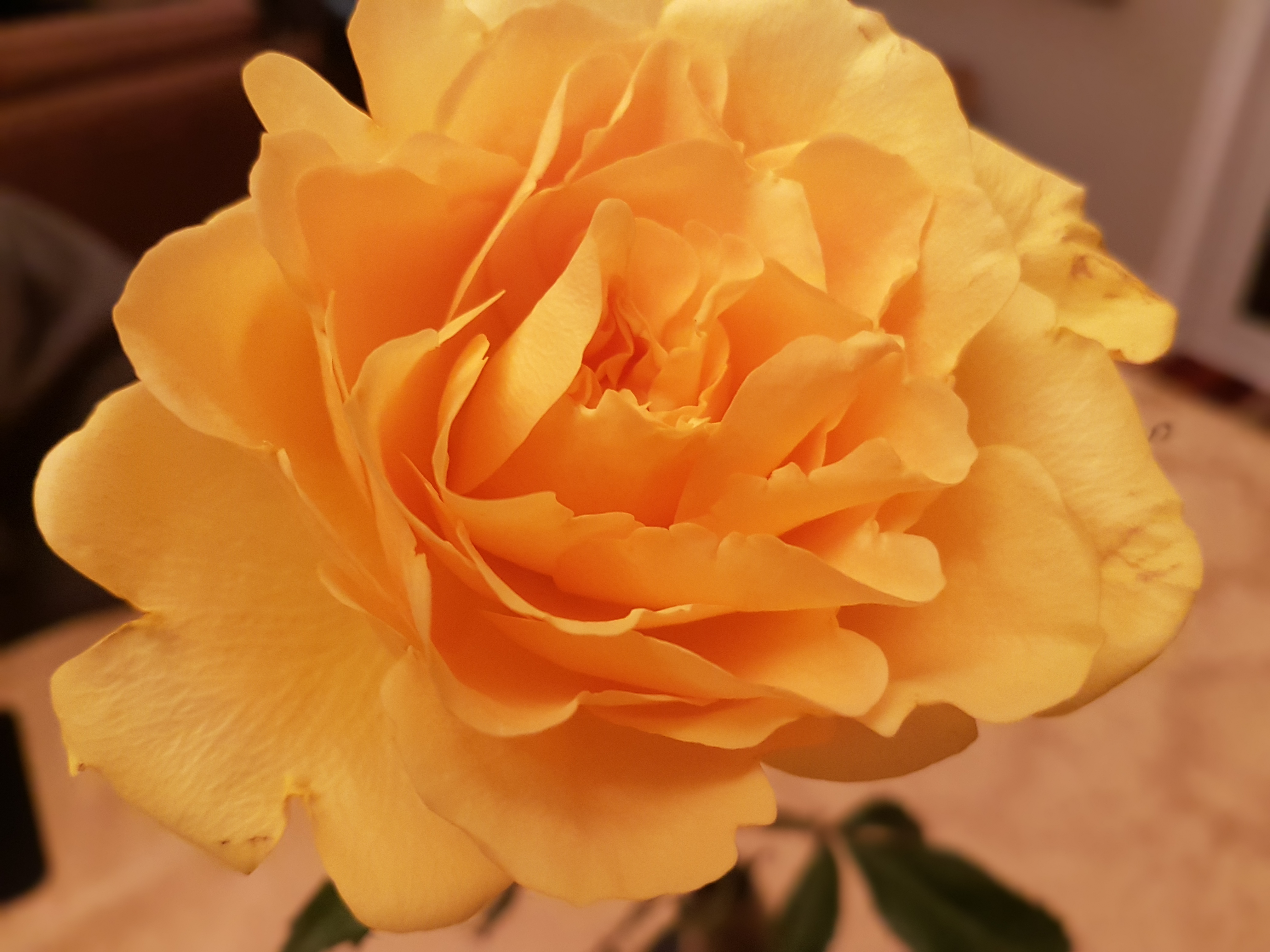By Dr. Kathryn Hunt, DVM, OVC 1981

The story begins almost 15 years ago, when two tiny Jack Russell Terrier puppies came home to my family. Born in a Mennonite barn, Torrie and Hailey were two girls in a litter of four pups. Guided by our hearts, not our minds, my daughter and I picked one puppy but somehow came home with two.
Time passed and both pups grew into dogs who loved my garden, a canine paradise enclosed by a tall wooden fence. They wandered the yard on their routes – near garden edges, under tall plants and across my flagstone patios. Over the year they basked in the sunshine, rolled upside down in the green grass and sniffed warm winds that wafted through the yard.
As Torrie and Hailey matured, their characters grew. Although they were sisters, their personas differed. Hailey was nervous and snuggly. Torrie was carefree and adventurous. Hailey was stocky and strong. Torrie was nimble and quick.
Torrie had a curious habit: she loved to smell flowers. I called her my flower-sniffing dog. With her black nose almost touching, she breathed in with obvious delight. She tilted her head, turned her face and carefully sniffed every flower. Countless times I watched her smell flowers as she wandered through her garden of scents and sunshine and grass.
Many happy years passed. Eventually, old age took its toll on Torrie. Torrie’s bright eyes were inquisitive and young but her body had failed. A crisis was imminent. I was terrified by the choice facing me. I felt like a novice climbing Mount Everest, exposed and unprepared for cruel terrain. Even though I am a veterinarian, I flailed in the crevasse of emotion, raw and potent with dread. The painful decision I had helped others make, I could not make myself.
I reached out and wasn’t alone. I found my supportive team at the Mona Campbell Centre for Animal Cancer at the Ontario Veterinary College (OVC), where Torrie had received treatment for the past eight months: medical oncologist/internist Dr. Paul Woods, grief counsellor Bojena Kelmendi and chemotherapy registered veterinary technician Geri Higginson. All offered wisdom and comfort. The excruciatingly difficult decision to give Torrie peace was made.
Along with my parents, we met in a softly lit Smiling Blue Skies Comfort Room located within OVC’s cancer centre. It offered an aura of shelter, like a ledge on a harsh mountainside.
Cradled in the warmth of a deep armchair and surrounded by my supporters, I tearfully hugged Torrie. An intravenous infusion was given and Torrie passed away peacefully in my arms, close to my heart, my tears washing over her little head. I knew she felt my love as her spirit left this world.

Afterwards my mom and I sat with Torrie. Mom had thoughtfully brought a yellow rose which she placed beside Torrie. It would accompany my sweet dog on the rest of her earthly journey.
I donated Torrie’s remains to OVC. Knowledge is a beacon in the darkness of unknowns. Torrie’s body might help light a pathway to under-standing. Time was of the essence to preserve the cells. I let Torrie go, her yellow rose laying beside her.
That evening we had dinner at my parents’ home, joined by close family friend Pauline. Two yellow roses stood elegantly at the end of the dining table. In their curved slender vases, they could have been blowing in a summer breeze. My mom’s tasty chicken-bake sat invitingly on the earth-toned table cloth. It was delicious – the perfect comfort food. “With perfect comfort people”, added Pauline. Everyone agreed and served themselves seconds while my other little terrier Hailey, still happy and healthy, slept nearby on her dog bed.
I dreaded returning home. I feared emptiness in Torrie’s room. Unfilled dog bowls and a vacant bed were bleak reminders of the illness that took Torrie’s life. I wanted to shut the door.
Another yellow rose had accompanied me home. Mom wrapped its stem with a damp paper towel, protected it from cold with plastic and sent a solution to nurture it. I placed the rose in Torrie’s room on the desk with her photograph.

Instantly the room was transformed by light; the emptiness filled with the presence of my sweet garden dog. Sunny days when she wandered with her nose to the ground, stopping to sniff flowers or lie in warm grass in her ridiculous upside-down sprawl; how she sat in a statuesque pose, face pointing sunwards, nose in the air, eyes half closed. Strikingly still, only her nose wiggled to sample the scents of her world. At sunset, she napped contentedly, curled up in a rustic chair.
Torrie was alive in the garden of my mind. My sadness was eased by the yellow rose. Next morning, daylight streamed through the window onto the rose. Golden petals evoked images of Torrie in sunshine; its foliage a warm reminder of grasses she snuggled in. A ring of photographs now encircled the rose. Each one softened the loss.
The rose and the pictures stood as comforting symbols of the beautiful part of my life that Torrie and I shared. On a cold, bitter day I found my guide – the yellow rose. It led me and my flower-sniffing dog to a timeless meadow of memories.
Who would imagine a rose could do so much?



.JPG)